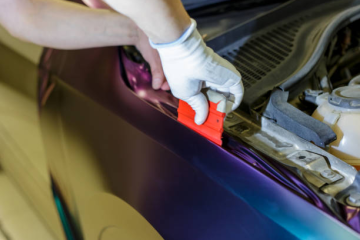Working in fleet management for over a decade, I’ve seen how simple mistakes with water trucks can lead to big problems. Let’s discover reliable water truck solutions and discuss the most common errors that even experienced operators make – and learn how to avoid them. This could save you thousands in repairs and downtime.
Mistake #1: Ignoring the Warning Signs of Pump Problems
Think of your water truck’s pump like your heart – when it starts acting up, you need to pay attention right away. Unfortunately, many operators miss these crucial signs:
· Unusual vibrations during operation
· Changes in water pressure (either too high or too low)
· Strange noises like grinding or whining
· Taking longer than usual to prime the pump
· Inconsistent water flow patterns
Real-world impact: Last summer, a construction company ignored their pump’s vibration issues for two weeks. The repair that would have cost $800 turned into a $4,500 pump replacement, plus three days of downtime during their busiest season.
Quick fix checklist:
· Check pump seals weekly
· Monitor pressure gauge readings daily
· Keep a maintenance log
· Train operators on normal vs. abnormal pump sounds
· Schedule regular professional inspections
Mistake #2: Poor Water Tank Maintenance Habits
Your water tank needs more attention than just filling and emptying. Here’s where many operators go wrong and what it costs them:
· Skipping regular interior cleaning (leads to bacteria growth)
· Forgetting to check valve seals (causes wasteful leaks)
· Leaving water in the tank during freezing weather (creates expensive cracks)
· Not inspecting baffles regularly (affects truck stability)
· Ignoring small rust spots (leads to major repairs)
True story: A mining company recently lost a week of operation because their tank developed algae growth from poor maintenance. The cleanup and sanitization cost them over $3,000, not counting lost work time.
Prevention steps:
· Clean tanks monthly with approved sanitizers
· Drain completely in cold weather
· Inspect all valves and seals bi-weekly
· Check for rust spots during each cleaning
· Keep detailed maintenance records
Mistake #3: Improper Operating Techniques That Kill Equipment Life
It’s not just about filling and spraying – how you operate your water truck makes a huge difference in its lifespan:
· Running the pump dry (destroys seals and impellers)
· Spraying while moving too fast (wastes water and strains equipment)
· Sharp turns with a full tank (stresses chassis and suspension)
· Improper pressure settings (damages spray heads)
· Rough operation on uneven terrain (causes structural damage)
Practical example: One operator’s habit of running the pump dry between fills led to $6,000 in repairs over six months. After proper training, their repair costs dropped by 80%.
Best practices:
· Always maintain minimum water levels when pumping
· Match travel speed to spraying needs
· Take turns slowly when loaded
· Use appropriate pressure settings for each task
· Train operators on terrain-appropriate driving
Remember: These mistakes might seem small day-to-day, but they add up quickly. Good maintenance and operation habits might take a little extra time now, but they save huge headaches later. In my experience, companies that follow these guidelines typically see their water trucks last 2-3 years longer than those that don’t.
Your water truck is a big investment – treat it right, and it’ll keep your operations running smoothly for years to come.



